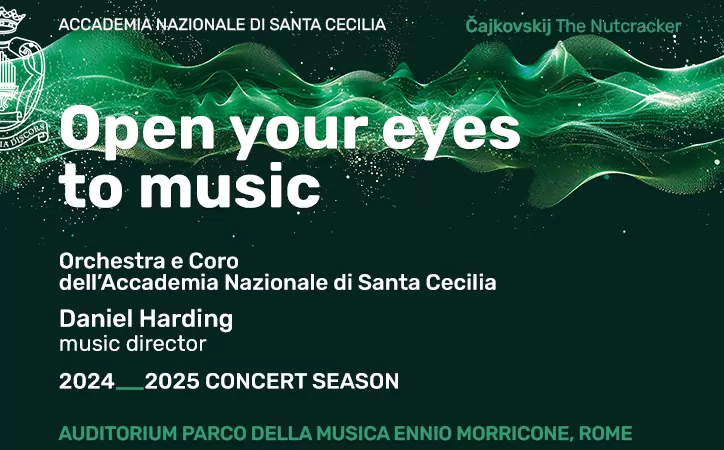Mosaics in the metro
An established Roman artist has accused the mayor of Rome, Walter Veltroni, of having brought to a halt an ambitious plan aimed at turning Romes underground into a huge, free museum of contemporary art, expressed through mosaics.
Everything has been blocked. Its at a standstill, protested Paolo DOrazio, artistic director and co-ordinator of the six-year-old project Arte Metro Roma, under which 19 of Romes 47 underground stations are today enlivened by striking mosaics reflecting the work of 96 artists from around the world, from Italy to Korea, from Germany to Japan.
Veltronis view is that the project was the idea of [his predecessor Francesco] Rutelli and as such doesnt concern him, even though it cost the former city council not a centesimo, since the money (L.4 billion) was put up by sponsors. The plan was to embellish all the stations using the work of 150 artists. But Veltroni doesnt want to go on with it. So look at the five new stations on the A line, such as Cipro (for the Vatican Museums) and Valle Aurelia. Theyre grey, anonymous, ugly, suffocated by ads. This council prefers revenue from advertising to art
A spokesman at the mayors office, Fabrizio DAmbrogi, commented: Veltroni has expressed no opinion on the matter through this office so far. He hasnt got around to it.
The proposal was first suggested by DOrazios perhaps better-known artist-uncle Piero during Rutellis 1992 election campaign, but it was the nephew who orchestrated the scheme and even invented a special kind of mosaic for it. No wonder, since moustachioed, bespectacled DOrazio himself an abstract painter with a fascination for light and space studied mosaics for four years under the futurist master and mosaic ace Gino Severini in the very capital of the medium, Ravenna, the dazzling showplace of early Christian and Byzantine art in the fifth and sixth centuries AD.
If you look closely, you will see that despite the illusion of uniformity, the Ravenna mosaics are all tiny triangles tilted at different angles to capture and reflect light, suggesting weightlessness. Theyre like basreliefs. I simply enlarged the technique.
He added: Theyve been in place for some time now, but not one square metre has been spoiled by graffiti writers. The mosaics are respected. Which means that if you offer people a little beauty, they appreciate it.
The artists were left to decide their own subjects and today between two and six painters have exhibits in each chosen station, though the translation of their work into so-called Murano smalto mosaic, and its application to the walls in the metro, was the work of a specialised firm from Ravenna, which also hand-made the tiny coloured glass-paste tesserae of which the Rome murals are made.
A random survey suggested that not a few people were impressed above all by the liveliness and diversity of the six artists on show in the Spagna station on the A line and by three evocative others at the Colosseo stop on the B line, including famed, Rome-born Piero Dorazio (no relation to Piero DOrazio), who in 1947 championed the Manifesto of Formalism, described as a revolt against alleged provincialism in Italian art as well as Social Realism. His apparent fish-like forms racing in shoals through blue water are cheek-by-jowl with bold, bright circles by the American Kenneth Noland. The painter Joe Tilson, one of the leaders of English Pop Art, has smothered Ottaviano station beneath a swathe of child-like squares in yellow, blue and red, and doubtless many tube travellers particularly enjoy delightful forms nimbly dancing along the corridors of EUR Magliana station, deftly portrayed by the Hungarian Lossonczy Tamas.
DOrazio claimed that curiously the murals got better reception out in the quieter suburbs than in the crowded stations of the centre. Nowhere could be further out than spacious Anagnina, the last stop on the A line beyond Cinecitt, which is linked to a major bus station for commuters to Ciampino, the Castelli Romani and places like Genazzano and Palestrina. Emerging from the escalators, travellers are immediately confronted with a great oblong panel of bluish and orange spheres and wigwams by one of four artists who brighten up the station, Luigi Veronesi from Milan. Facing it in a corner are swirling waves sprouting bloated tendrils by Moscow-born Mikhail Koulakov, now a resident of Umbria. One man was touching the work to see what it was made of.
What did people make of it? Alfredo Dascense, the rotund and balding owner of the station newspaper kiosk, thought they liked the pictures. Before it was all brick, he said. Ugly. Then the mosaics came and the place is more cheerful. A burly blue-uniformed station watchman with a gun in his belt seemed more observant: People passing through and tourists look at the mosaics. Theyre curious and some take pictures. But Romans dont have much time for them. A lot dont even notice them. They lean against them while waiting for friends, until you tell them: Those are mosaics youre leaning against.


















